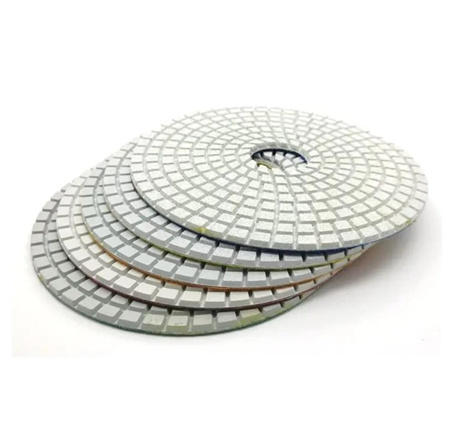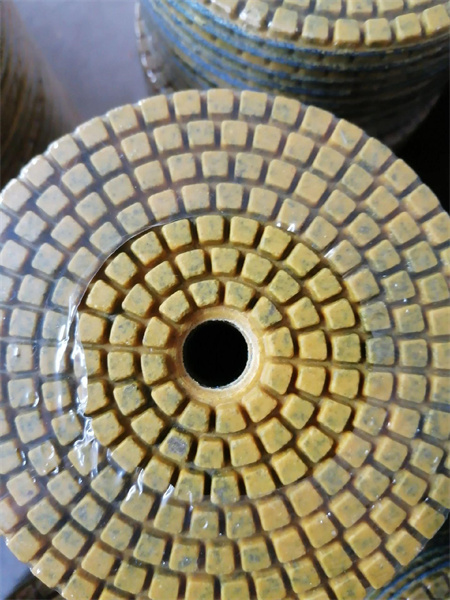How Pad Thickness Affects Customer Satisfaction Rates
When it comes to choosing products that promise comfort and quality, one of the most overlooked yet crucial factors is pad thickness. Whether it’s for mattresses, seat cushions, or ergonomic pads, the thickness of the padding plays a significant role in shaping the overall customer experience. While customers may initially focus on price or brand, it’s the comfort provided by the thickness of the pad that often seals the deal—or leaves them unsatisfied.
It might seem like a simple aspect to overlook, but pad thickness can make or break a product’s appeal. Imagine this: you walk into a store looking for a new office chair cushion or a mattress topper, and after hours of research, you settle on a product. You trust that it’ll offer the comfort and support promised, only to find yourself disappointed by the lack of relief. The reason? The pad’s thickness simply wasn’t right for your needs.


However, thickness isn’t the only factor that influences satisfaction. The material of the pad plays a critical role, too. A thick pad made of low-quality materials may still fall short of expectations. For example, a thick foam cushion that lacks density or resilience might flatten over time, ultimately losing its comfort factor. Customers quickly notice these changes, and they’re likely to express their dissatisfaction through reviews or returning the product. In this case, thickness may have initially promised comfort, but without durability and proper materials, that promise is broken.
Customer satisfaction is also influenced by how well the product serves its intended purpose. For example, a thicker memory foam mattress topper might seem like a great idea to enhance comfort, but for those who sleep hot, it could trap too much heat, leading to restless nights. A thinner topper with breathable materials might, in this case, be the more satisfying choice. This illustrates that customer satisfaction isn’t just about thicker always being better—it’s about selecting the right thickness for the specific need.
On the flip side, some customers might not want an overly thick pad. For instance, those who need a simple cushion for a dining chair may prefer something thinner, as they don’t need excessive padding for short periods of sitting. Here, customer satisfaction is driven not by plushness but by a perfect balance between thickness and functionality, ensuring ease of movement and proper support.

Understanding the market is key here. Companies that actively engage with customer feedback and adjust their products accordingly have the opportunity to thrive. For instance, offering customizable options such as adjustable thickness or providing clear guidelines about which thickness is best for certain uses can help customers make an informed decision. Clear communication about the benefits and trade-offs of different thickness options can go a long way in boosting customer trust and satisfaction.
At the end of the day, pad thickness is an essential factor in determining how a product performs in the marketplace. While many factors play into customer satisfaction—design, quality, price—thickness remains a deciding element. A product that meets a customer’s specific comfort requirements, supported by thoughtful design and high-quality materials, will leave customers coming back for more. So, next time you’re considering investing in a cushion, mattress pad, or any similar product, pay attention to the thickness, but remember that it’s just one part of the overall equation that contributes to satisfaction. It’s all about balance, and when that balance is struck just right, both the product and the customer are sure to be happy.
